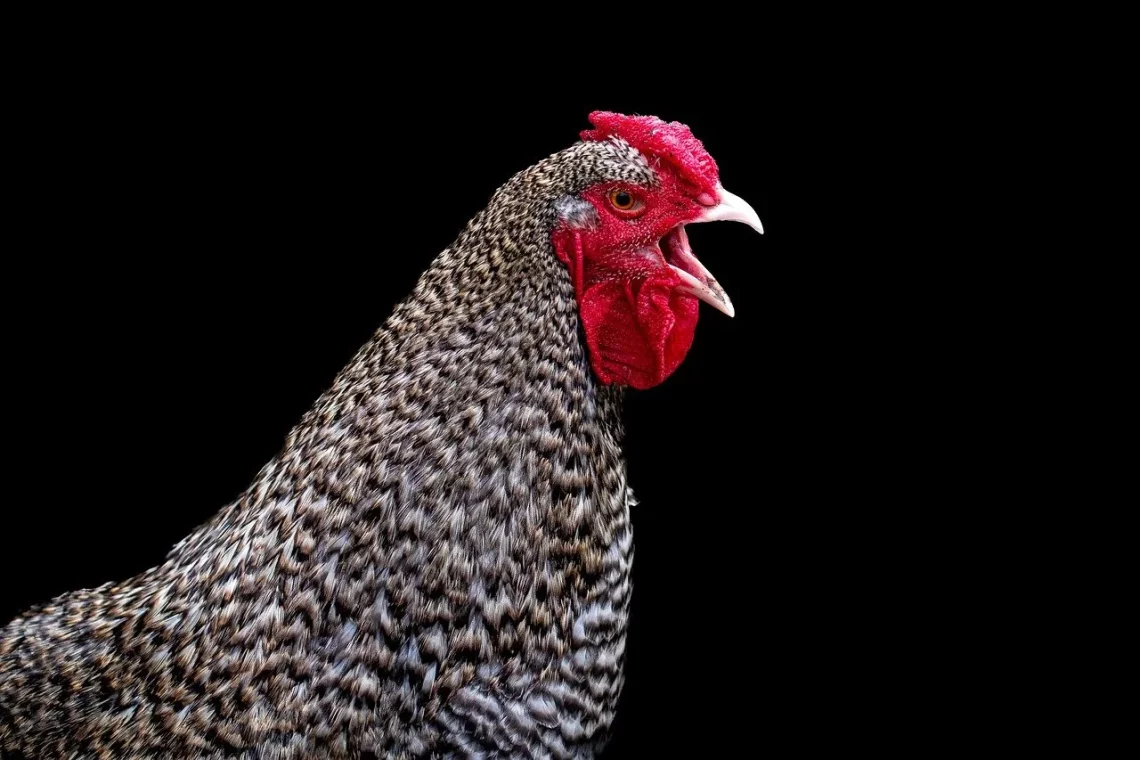
Understanding Chicken Weight: What to Expect and Consider
Understanding the weight of chicken is an essential aspect for anyone involved in cooking, nutrition, or poultry farming. The weight can vary significantly based on several factors, including the age, breed, and diet of the chicken. Understanding these variables allows consumers and producers to make informed decisions that align with their culinary needs, nutritional goals, or farming practices.
Chicken weight is not just a number; it has implications for cooking time, flavor, and even nutritional content. For instance, a heavier bird may take longer to cook but could also yield more meat and richer flavors. On the other hand, smaller birds often have tender meat and may be ideal for specific recipes or cooking methods.
Moreover, chicken weight can influence purchasing decisions, especially when shopping at markets or grocery stores. Knowing what to expect in terms of weight can help consumers choose the right chicken for their recipes and dietary requirements. In the world of poultry farming, understanding weight is crucial for optimizing feed conversion rates and ensuring the economic viability of raising chickens. Thus, comprehending chicken weight is a multifaceted topic that touches various aspects of culinary arts, nutrition, and agriculture.
Factors Influencing Chicken Weight
Several factors play a pivotal role in determining the weight of a chicken. Breed, age, and diet are among the most significant elements influencing how much a chicken will weigh at maturity.
Firstly, different breeds of chickens have distinct growth rates and mature weights. For example, broiler chickens, which are bred specifically for meat production, typically reach a market weight of 4 to 5 pounds in just six to seven weeks. In contrast, heritage breeds or layers may take longer to reach their mature weights, often yielding less meat overall.
Age is another critical factor. Younger chickens, often referred to as fryers, are generally lighter and more tender than older birds, which can weigh significantly more but may have tougher meat. The age at which a chicken is harvested for consumption is crucial for determining its weight and overall quality.
Diet plays a vital role in the growth and weight of chickens. A well-balanced diet rich in protein, vitamins, and minerals can promote faster growth and better meat quality. For example, chickens fed a high-protein diet will generally gain weight more quickly and efficiently compared to those on a lower-protein diet. This is why many farmers carefully formulate their feed to ensure that their chickens reach the desired weight in an optimal time frame.
Other factors, such as the environment in which chickens are raised, also contribute to their weight. Chickens raised in free-range systems often exhibit different growth patterns compared to those kept in more confined spaces. Free-range chickens tend to be more active, which can affect their muscle development and, consequently, their weight.
Understanding these factors allows consumers and producers to make informed choices about chicken products, ensuring they meet their culinary and nutritional needs.
Common Chicken Weights and Categories
Chicken is typically categorized into several weight classes, each suitable for different culinary applications. Understanding these categories can help consumers select the right chicken for their specific needs.
One common classification is that of the fryer, which usually weighs between 3 to 5 pounds. Fryers are ideal for roasting, grilling, and frying due to their tender meat and quick cooking time. They are often the most popular choice for everyday meals and can be found in most grocery stores.
Roasters, on the other hand, typically weigh between 5 to 7 pounds. These chickens are usually older than fryers, resulting in denser meat and richer flavors. Roasters are perfect for special occasions or family gatherings, as they can feed larger groups and provide leftovers for future meals.
Another category is the capon, a castrated male chicken that is usually heavier than both fryers and roasters, often weighing 7 to 10 pounds. Capons are known for their tender, flavorful meat, making them a popular choice for festive meals or holiday dinners.
For those interested in smaller portions, poussin, or young chicken, typically weighs around 1 to 2 pounds. These are ideal for gourmet cooking and can be stuffed or grilled whole. Their small size makes them a favorite among chefs looking to create elegant dishes.
Finally, it’s worth mentioning that organic and free-range chickens may vary in weight due to their different rearing practices. These chickens often have a slower growth rate and may be smaller than conventionally raised birds. However, many consumers are willing to pay a premium for the perceived health benefits and ethical considerations associated with these products.
Knowing the common weights and categories of chicken helps consumers make informed decisions based on their cooking needs and preferences.
Cooking Techniques and Chicken Weight
The weight of chicken plays a significant role in determining the appropriate cooking techniques and times. Understanding how weight affects cooking can enhance the overall culinary experience and ensure that the chicken is cooked safely and to perfection.
For instance, the general rule of thumb for roasting a whole chicken is to cook it for approximately 20 minutes per pound at 350°F. This means that a 4-pound fryer would typically require about 1 hour and 20 minutes to roast fully. Conversely, a larger roaster weighing 6 pounds may need up to 2 hours.
When it comes to grilling or frying, weight also influences cooking time. Thicker cuts of chicken, such as breasts or thighs, will take longer to cook than thinner pieces. For example, boneless chicken breasts weighing about 6 ounces each will generally take around 6 to 8 minutes per side on a grill. In contrast, bone-in pieces may require additional cooking time due to the bone’s heat retention.
Weight also affects the temperature at which chicken should be cooked. The USDA recommends an internal temperature of 165°F for all chicken products. Heavier chickens may require longer cooking times to ensure that the meat reaches this safe temperature throughout, while smaller birds may reach this temperature more quickly.
Moreover, the way chicken is cut can also impact cooking times. For example, whole chickens may take longer to cook than cut-up pieces due to the density of the meat. Cooking techniques such as spatchcocking, where the backbone is removed to flatten the chicken, can significantly reduce cooking time for whole birds.
In conclusion, understanding the relationship between chicken weight and cooking techniques is crucial for achieving optimal results in the kitchen. By considering weight, cooks can ensure that their chicken dishes are not only safe to eat but also delicious and flavorful.
Nutrition Considerations Based on Chicken Weight
When it comes to nutrition, the weight of chicken can directly affect its caloric content and nutrient density. Understanding these factors can help consumers make healthier choices based on their dietary needs.
Generally, chicken is a rich source of protein, providing essential amino acids that support muscle growth and repair. However, the nutritional profile can vary depending on the weight and cut of the chicken. For instance, a 3.5-ounce serving of skinless chicken breast contains approximately 165 calories and 31 grams of protein, making it an excellent choice for those looking to increase their protein intake without consuming excessive calories.
On the other hand, darker cuts of chicken, such as thighs and drumsticks, tend to have a higher fat content, which can increase their caloric density. For example, a similar serving size of skin-on chicken thigh may contain around 229 calories and 26 grams of protein. While these cuts offer more flavor and moisture, they may not be suitable for individuals aiming to reduce their fat intake.
Furthermore, the presence of skin can significantly impact the calorie count. Chicken with the skin on will generally have more calories and fat than skinless options. Cooking methods, such as frying or roasting with the skin, can also add additional calories from oils or fats used in the preparation.
It’s also worth noting that organic or free-range chickens may offer different nutritional benefits. Some studies suggest that these chickens may have higher omega-3 fatty acid content and a better omega-6 to omega-3 ratio compared to conventionally raised chickens. This can contribute to overall heart health and reduce inflammation.
In summary, chicken weight and the specific cut chosen can significantly influence nutritional content. By being mindful of these factors, consumers can make informed decisions that align with their health goals and dietary preferences.
Please note that this article is for informational purposes only and should not be considered medical advice. For any health concerns or dietary recommendations, please consult with a qualified healthcare professional.




